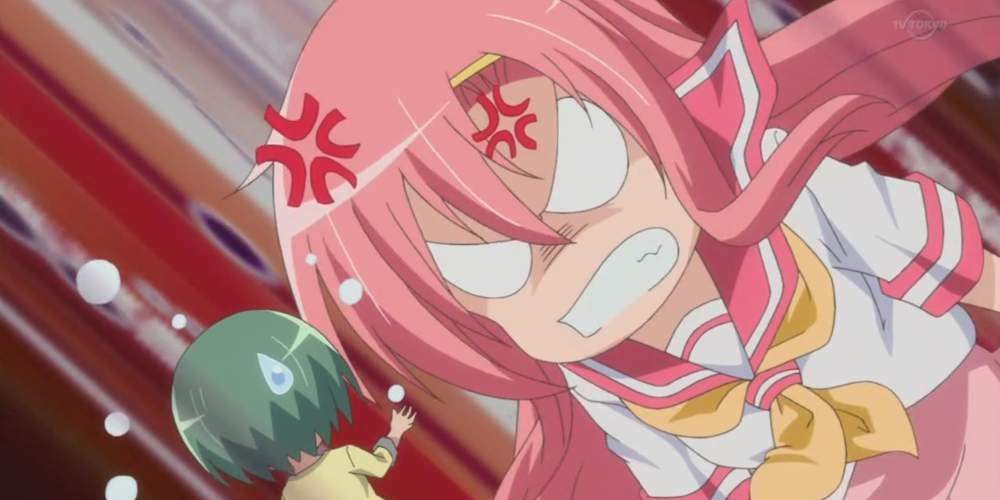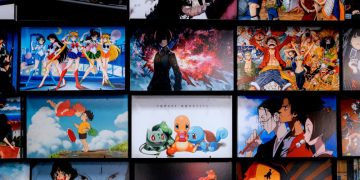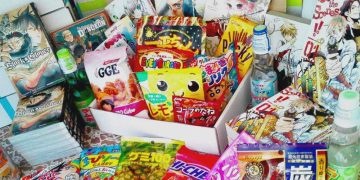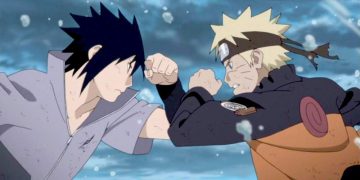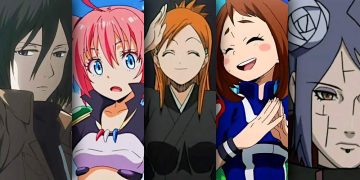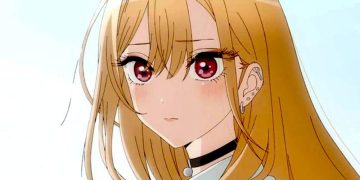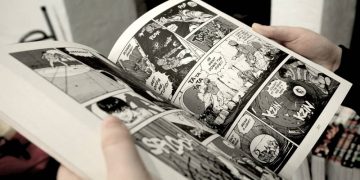Many think of manga as nothing more than "comics from Japan"—which is true to an extent, but there are some big differences.
One of the more significant elements that stand out in manga is how manga artists use a different set of symbols, icons, and illustrative images to depict certain emotions and effects. This is called iconography.
Manga iconography is the visual language used to show character expressions when dialogue bubbles and narration can't be used due to an overcrowded frame. The common style was popularized decades ago, and some mangakas have even developed their own iconography.
Manga iconography gives manga a unique storytelling feel, able to show things about the character, the frame, the panel, or the plot using nothing more than drawings that express and define what the audience sees.
Manga icons and symbols are collectively called manpu or mampu, and include character facial expressions and movements. It draws the reader's attention away from the dialogue and narration, emphasizing the art itself and placing more meaning in the drawings.
Here are some of the most commonly used manga iconography and what they mean. They're so popular that even anime series have started incorporating manga iconography in their animations!
16. Popping Out Veins
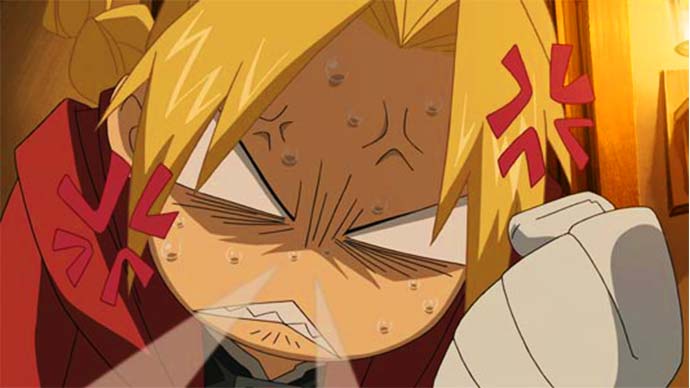
A crucifix-like symbol appearing on (or above) a character's head depicts their anger or annoyance with whomever they're talking to.
The larger the symbol (or more of the symbol) to appear, the higher their anger or annoyance—which is often followed by a comical uppercut that sends someone flying, or at least with a giant welt on their head.
It's derived from the image of a forehead vein popping out when someone is angry or strained. Some manga artists use smoke puffing out the ears, while others use sharp and jagged teeth to show extreme anger.
15. Lightning or Electric Spark
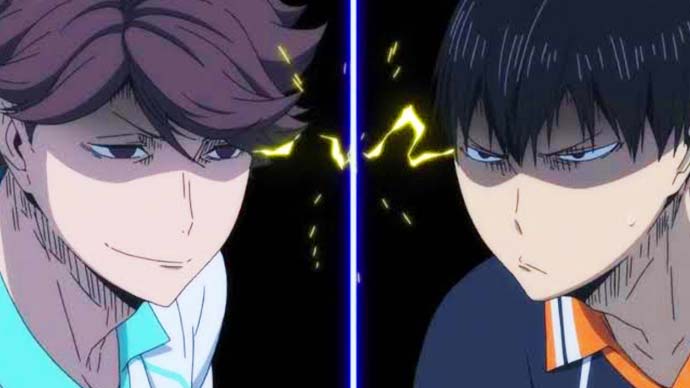
Lightning and electricity sparks between two characters' eyes show that a revelation was just dropped, something urgent and important suddenly came to mind, or one character just learned something offputting.
Often, these lightning sparks are used between two characters who are competitive with one another. They're usually separated into their own frames, with lightning coming out of their eyes and meeting at the middle of the screen or between frames.
14. Sweat Droplet
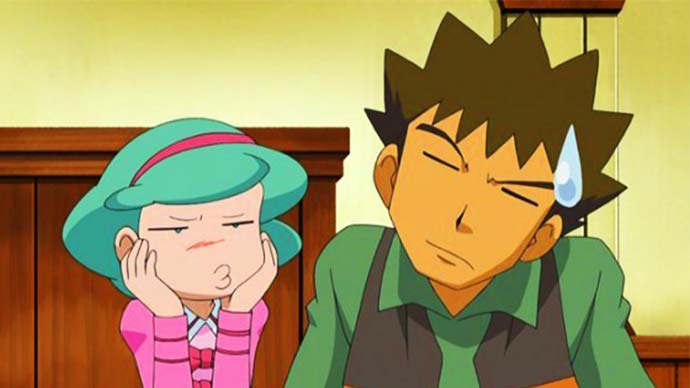
A huge water droplet that appears on a character's forehead (or behind their head) can depict all kinds of emotions, with the most common ones being confusion, embarrassment, relief, and dismay.
On the other hand, a continuous flow of sweat from the head (or sometimes splashing out of the head) denotes that the character is hiding something, being interrogated, or otherwise feeling pressured.
13. Discolored Pupils
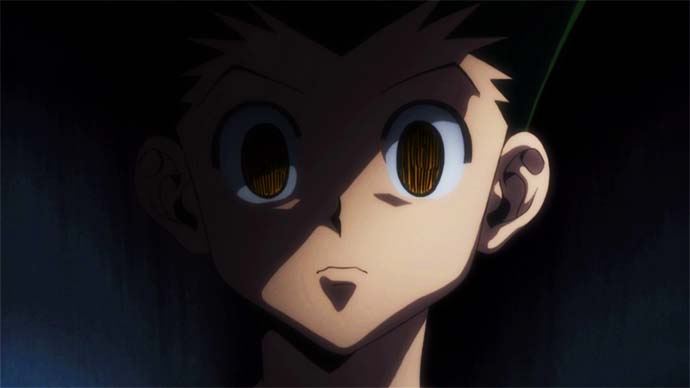
The eyes of manga (and anime) characters do most of the heavy lifting when it comes to expression of emotion—including death and unconsciousness, which is shown by removing the pupils' lively color and discoloring them with pale black, gray, or brown.
It can also denote that the character is possessed by a ghost or being controlled by someone with a manipulation technique. Less commonly, it can be used to indicate that a character has no emotion at all.
12. Spiral Eyes
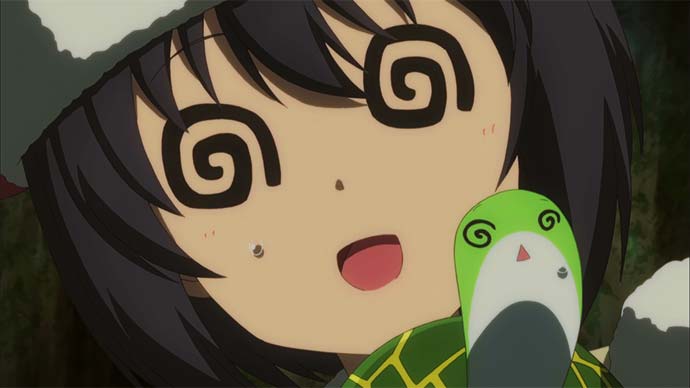
Spiral symbols in the eyes of a character denote that they're dizzy, nauseated, or even knocked unconscious. It can also be used to depict a hypnotized character. Less commonly, it can indicate a character who's so overloaded with information that they can't keep up.
11. Heart-Shaped Eyes
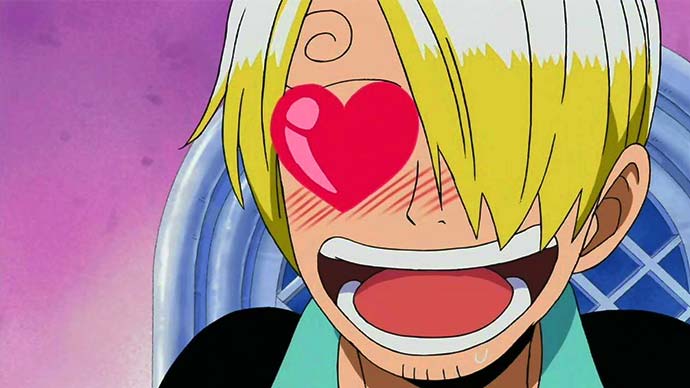
Heart-shaped eyes say that a character is in love with (or infatuated with) someone. It's mainly used for comic effect, as more serious romantic developments instead use cheek blushes and other more-subtle forms of emotional expression to indicate affection.
10. Sparkling Eyes
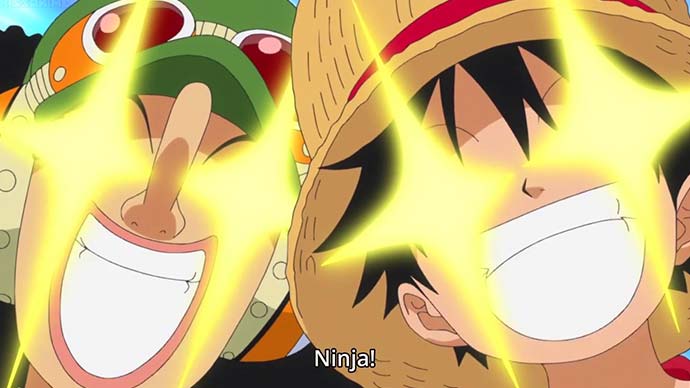
When a character's eyes sparkle with giant yellow four-pronged stars, it indicates that they're amazed or in awe.
It's commonly used when the plot introduces new characters, elements, or factors that are uncommon to the story, particularly if those things are legendary or highly valuable. It's often reserved for characters who literally see something important for the first time.
9. Lines Over the Face
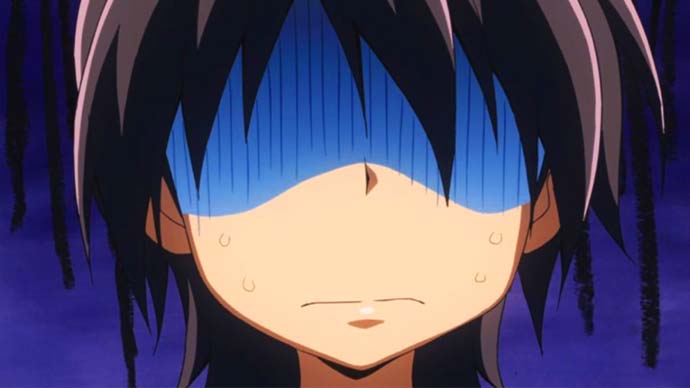
Lines over the face of a character indicate frustration, disbelief, or extreme annoyance. The lines usually only cover the eyes (omitting the actual eyeballs and filling in with a dark shadow instead), and less commonly can be accompanied by lines behind the character in the background to match their mood.
8. Waterfall Eyes
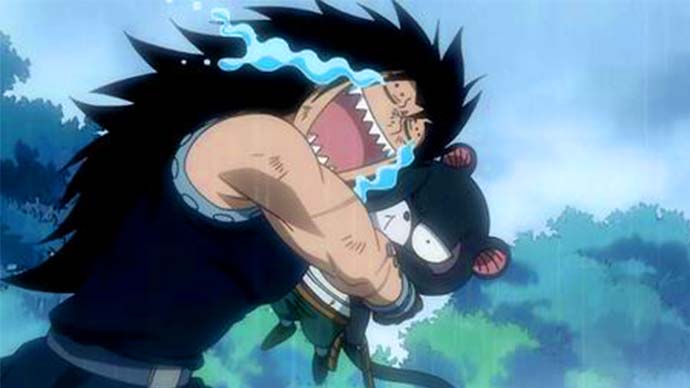
Water flowing out of the eyes like waterfalls indicates extreme joy or sadness, and it's usually played for comedic effect. When the emotion is pushed beyond its limit, the water doesn't just stick to the face—it can splash out sideways in greater volume.
7. Blank Eyes
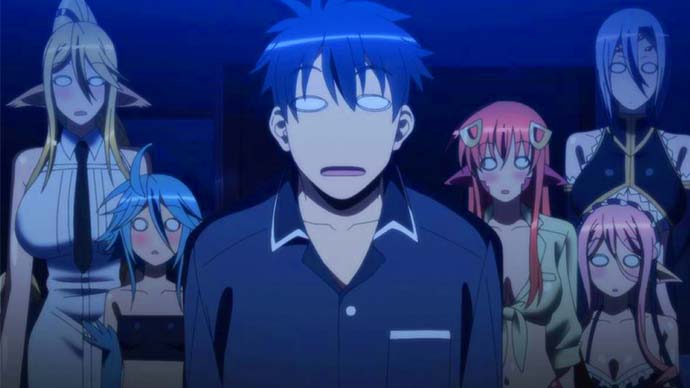
When the eyes are blank (or nearly blank with barely visible pupils), the character is shocked or afraid. Less commonly, it can be used to indicate unconsciousness or being knocked out.
Blank eyes can also be used in tandem with other iconography to amplify those expressions. For example, blank eyes with blushed cheeks can indicate heightened embarrassment, while blank eyes with shadowed lines over the face can indicate heightened fear.
6. Pink Ovals on Cheeks
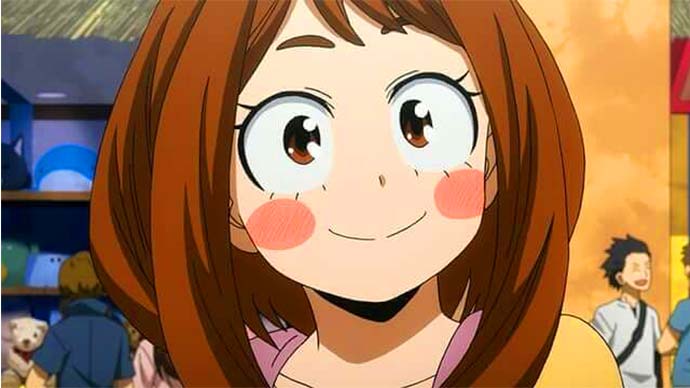
Pink ovals on a character's cheeks represents a blush, but it's a blush that's more more indicative of happiness and cheerfulness than affection or romantic interest. It usually means the character is in a good mood and/or in the presence of someone they're comfortable with.
It can also indicate that the character simply has rosy cheeks, a common feature of lovable characters in both manga and anime.
5. Dark Under the Eyes
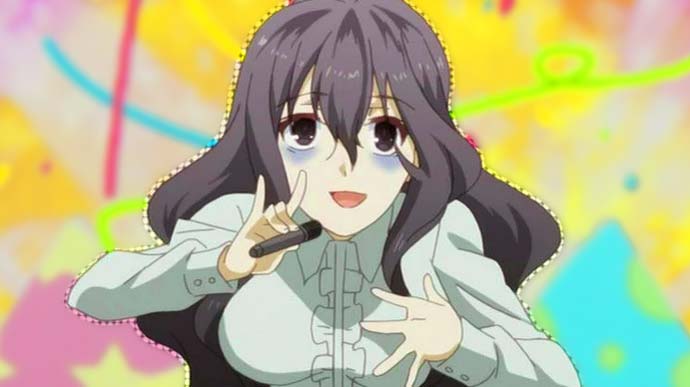
When the area directly below a character's eyes are darkened—almost like they're bruised—it indicates sickness or sleep deprivation. Sometimes it appears as a solid shape for comedic effect, while more serious depictions involve a more subtle shading.
4. Cat Mouth
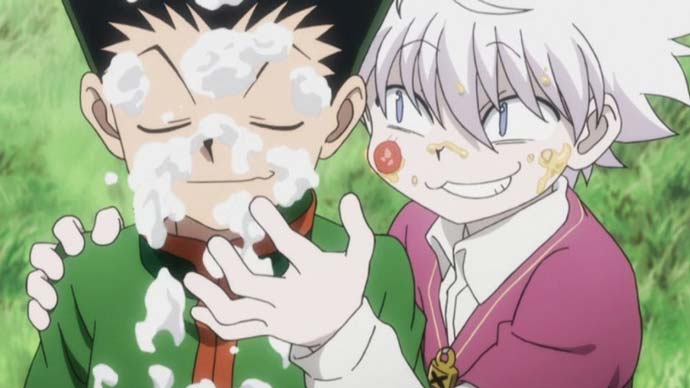
The cat mouth indicates mischievous intent. While it can be cute depending on the character, it's often coupled with devious intent as a character is thinking of a plan of action that will benefit themself in some way at the detriment of another.
But it rarely enters into full-blown malicious territory. A cat mouth can also be used to show one is playing innocent or in denial of something.
3. Chibi Form
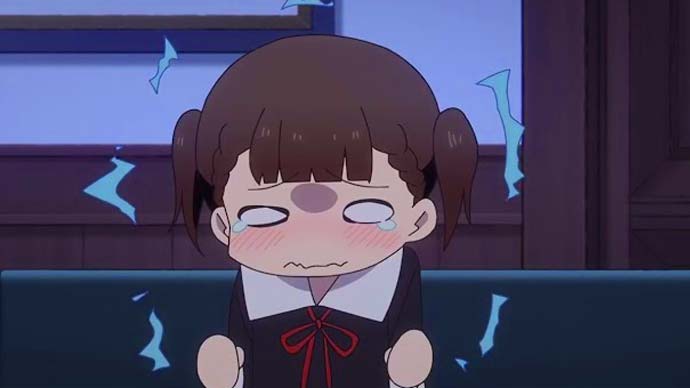
Sometimes, in certain situations, manga characters are drawn in a very child-like appearance, which is called their "chibi form." The chibi form features a softened, diminutive figure with a head that's proportionally much larger than the rest of their body.
Chibi form is most often used to denote cuteness, but it can also be used to indicate total embarrassment: the smaller the character, the greater their embarrassment. It can also indicate frustration, like when other characters aren't paying attention to them.
And when it's accompanied with other symbols of expression, the chibi form can be used as an enhancer for moods—like anger, hunger, or fright—all while being cute.
2. Tiny Pupils
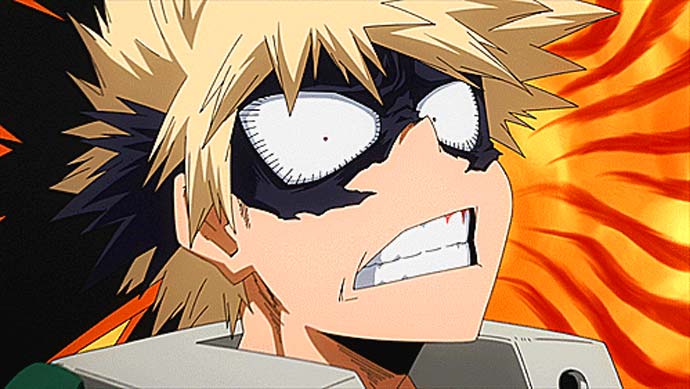
While the aforementioned "popping out veins" imagery indicates anger and frustration in a comedic way, tiny pupils within enlarged eyes are used to indicate anger and frustration in a more serious way.
Otherwise, tiny pupils can indicate surprise or shock, usually by something that's dark, sinister, violent, or frightening.
1. Shadowed Eyes
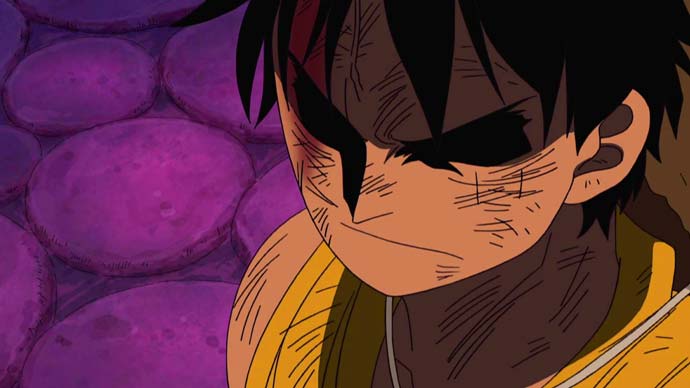
Whereas the aforementioned "lines over the face" imagery is more mild, shadowed eyes also indicate annoyance and frustration but in a way that's darker, more serious, and potentially more violent.
Shadowed eyes can also be used to depict that a character has malicious intent and/or evil desires. When it's combined with other emotional depictions—like tiny pupils—it can really ramp up the fearsome vibes.
Learn More About Manga
To reiterate, manpu is commonly used as a shortcut for showing character emotions and moods, which—when used properly—can infuse a scene with a thrilling, exciting, or comedic touch. Manga iconography isn't limited to one art style and can vary depending on the creator.
